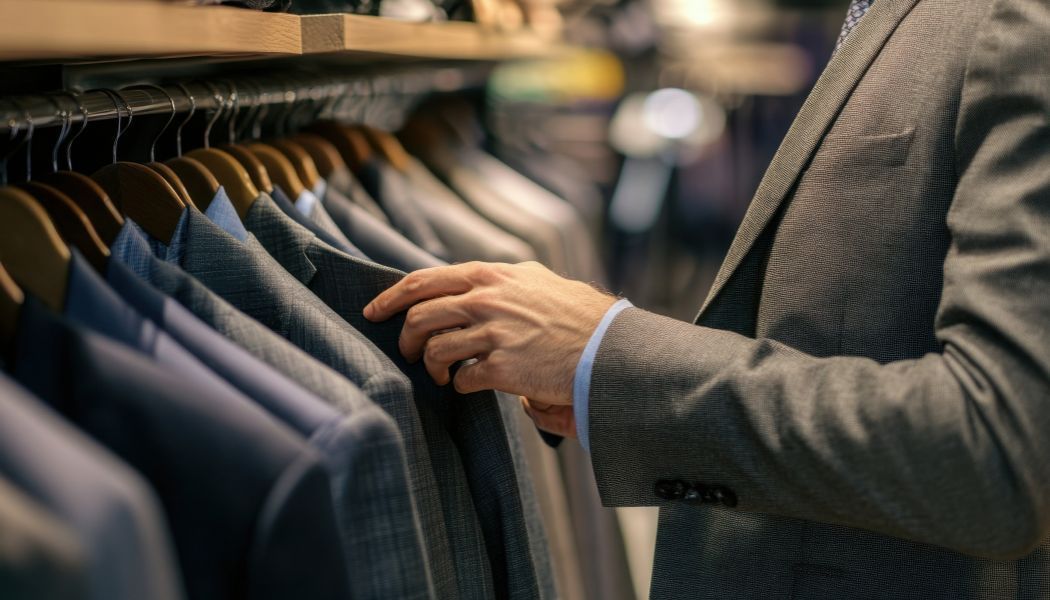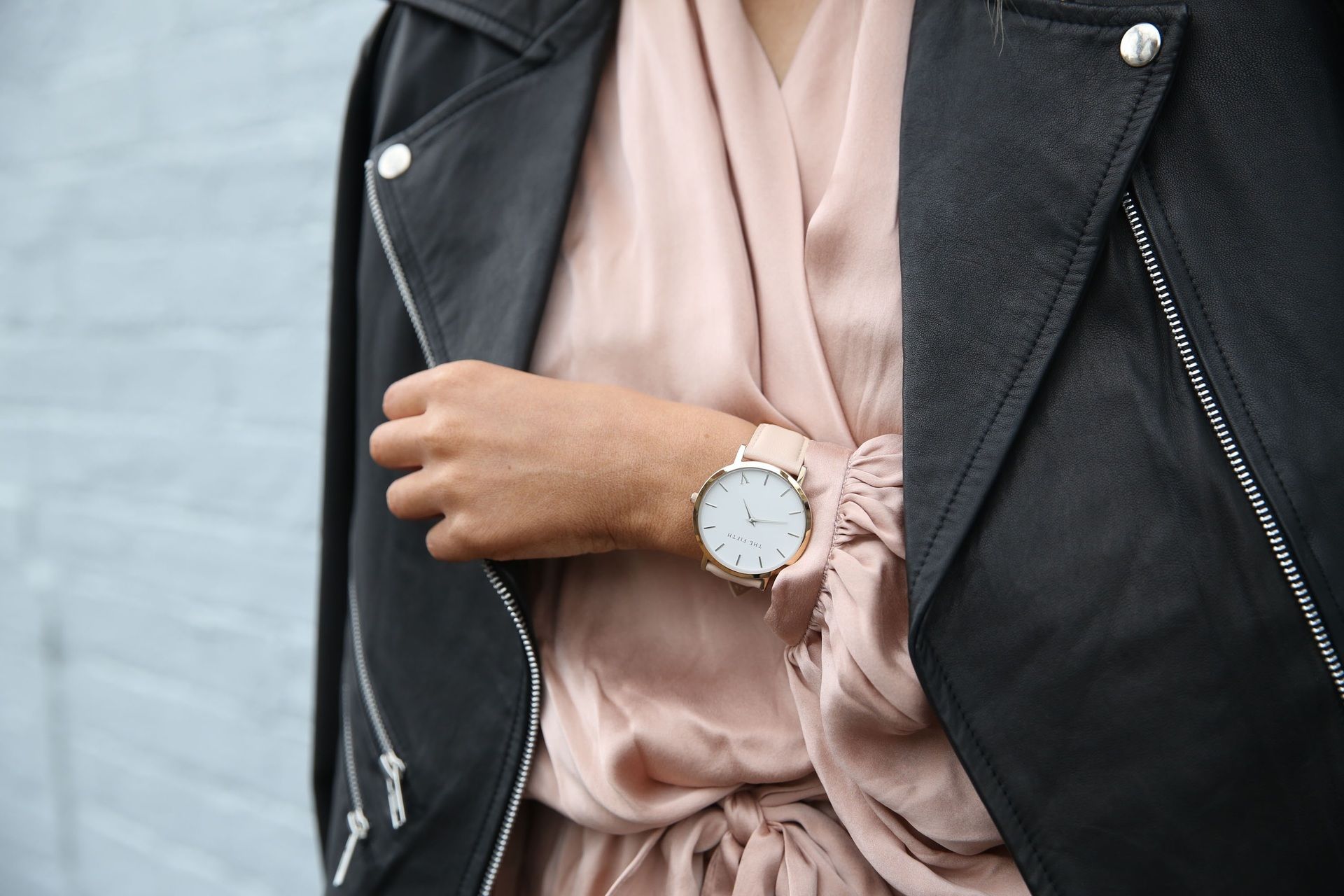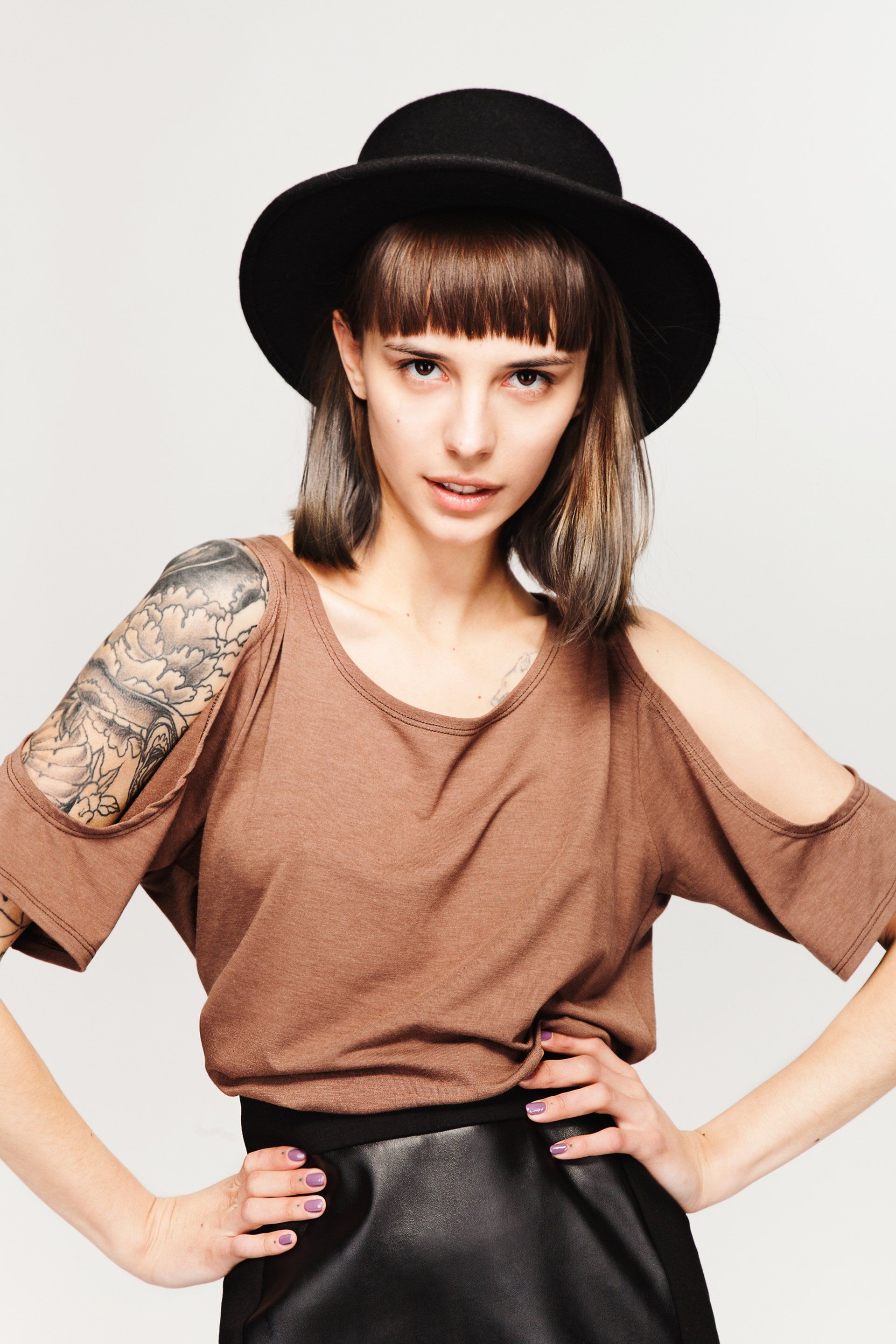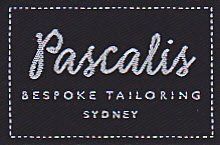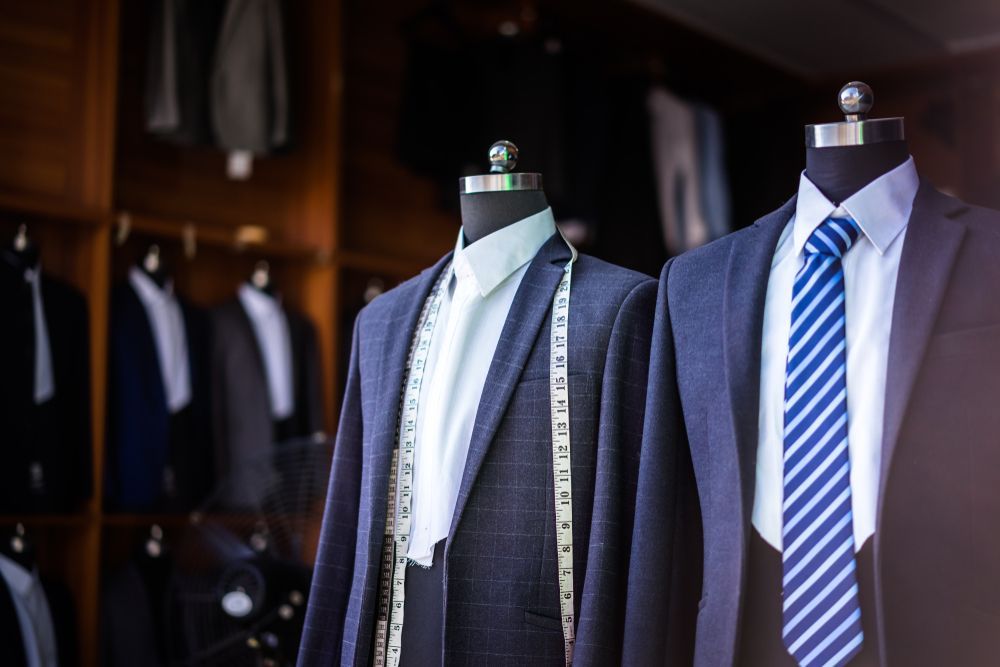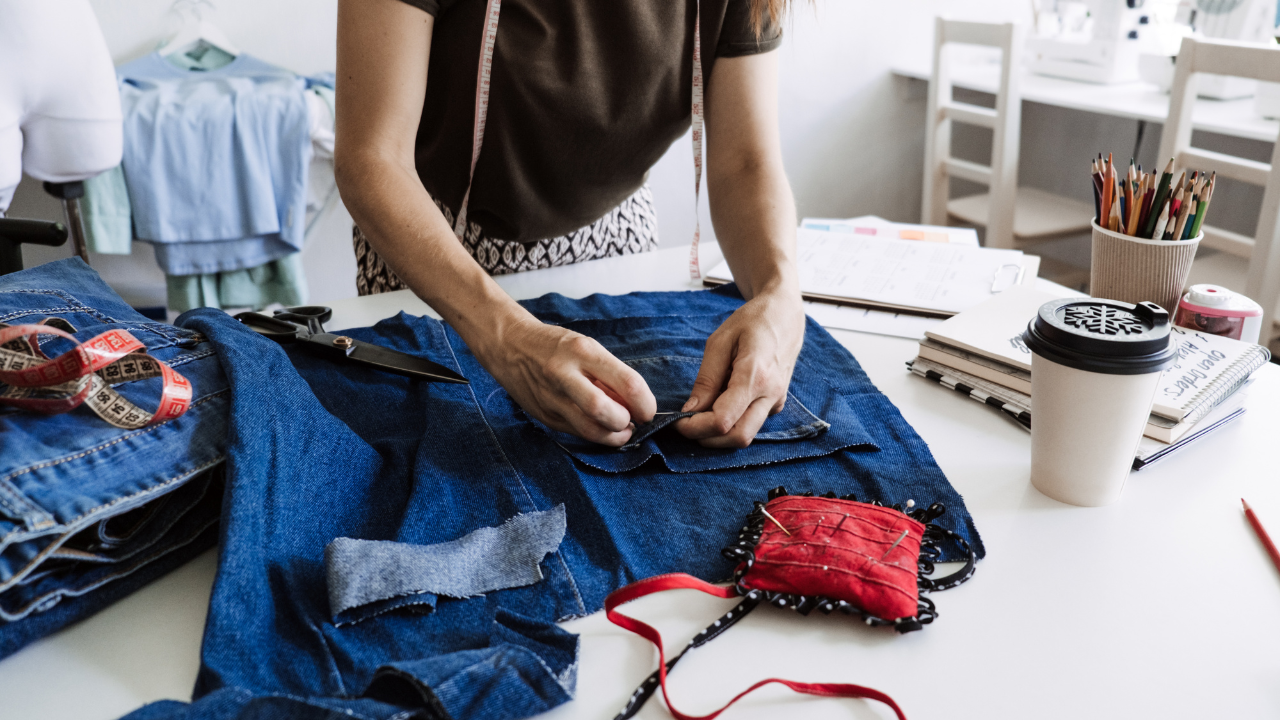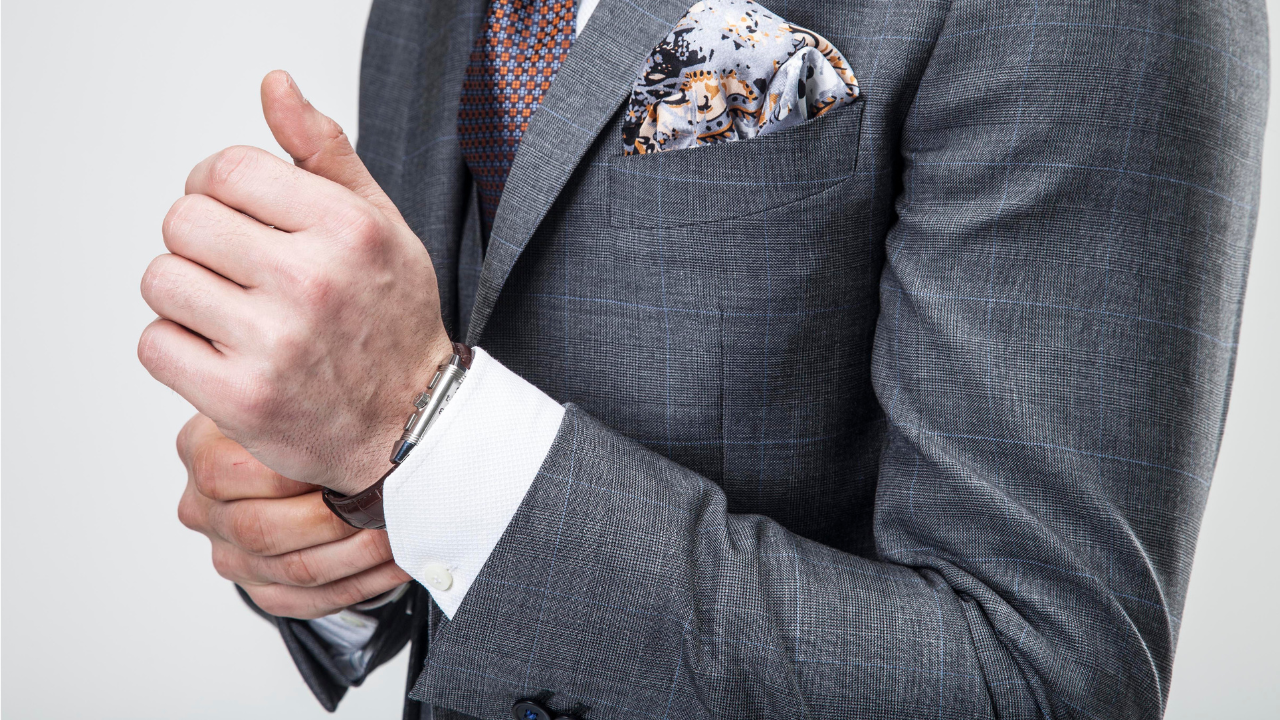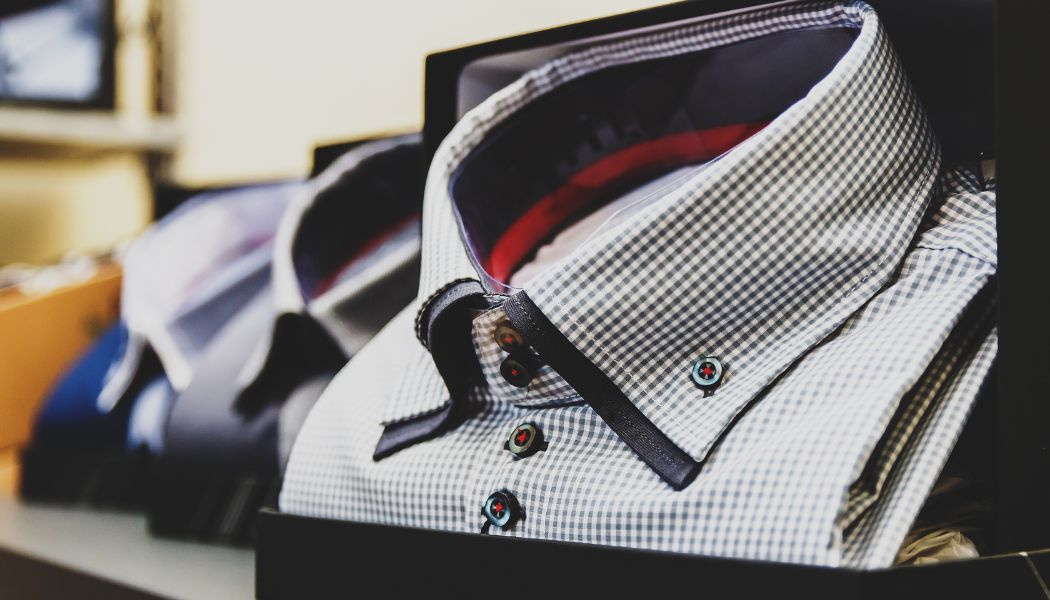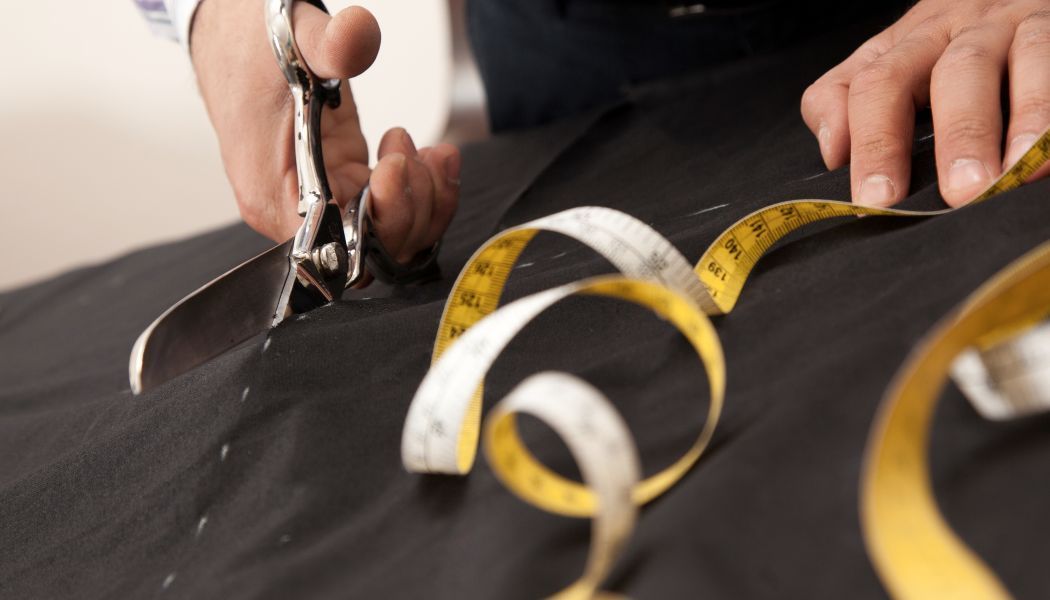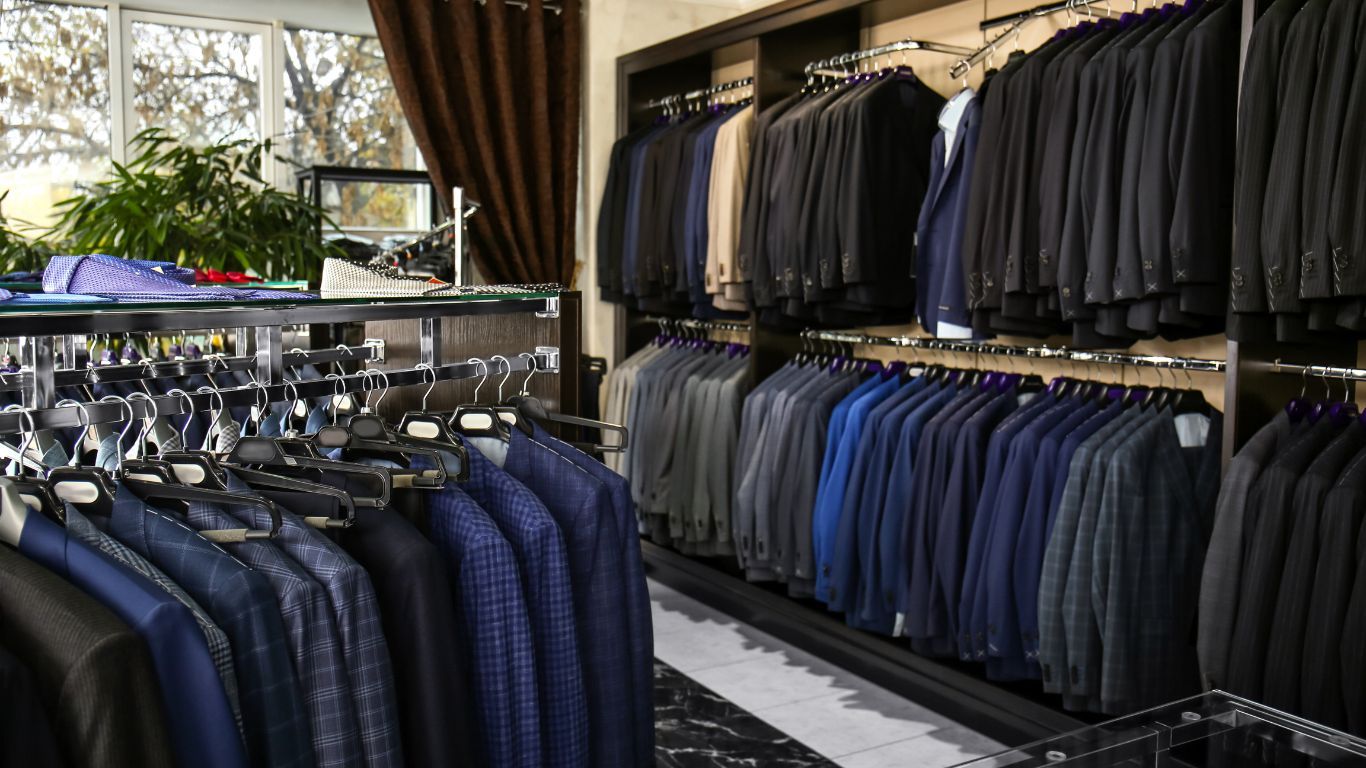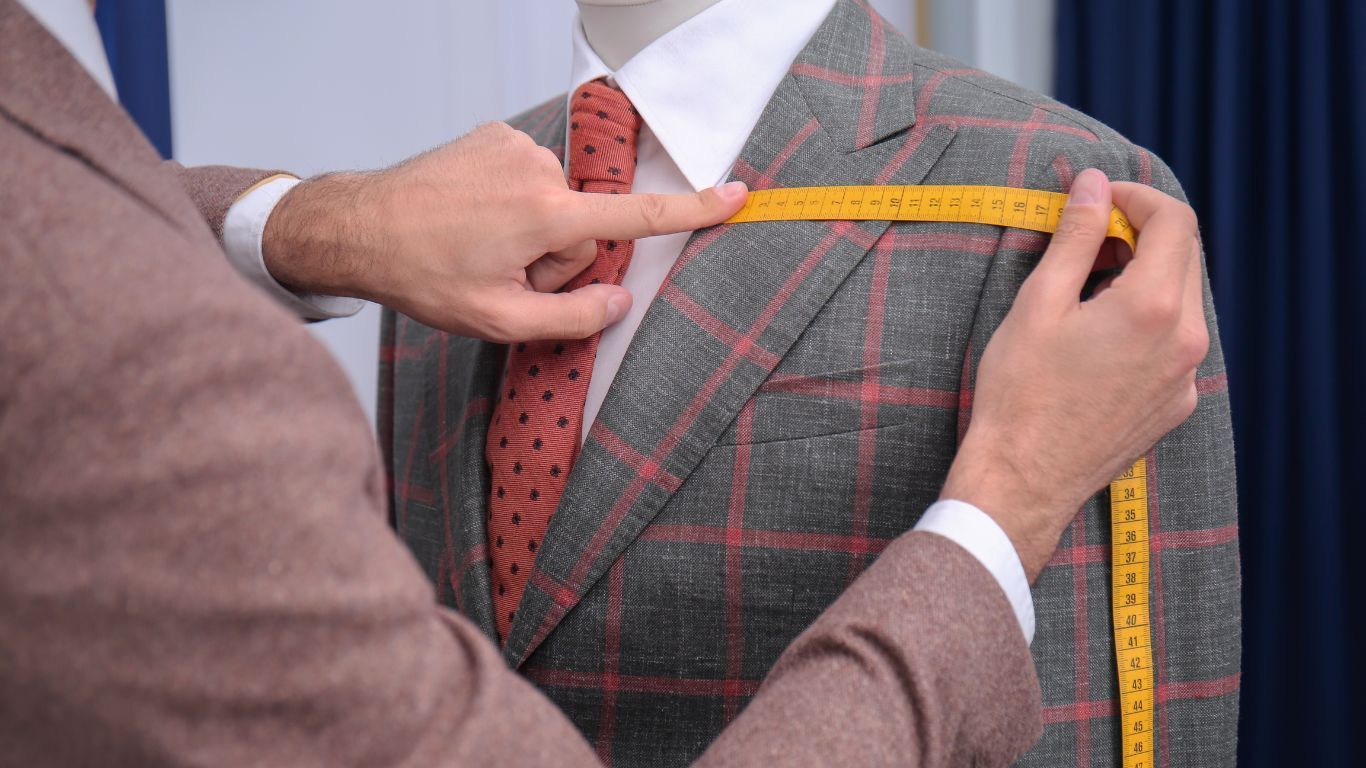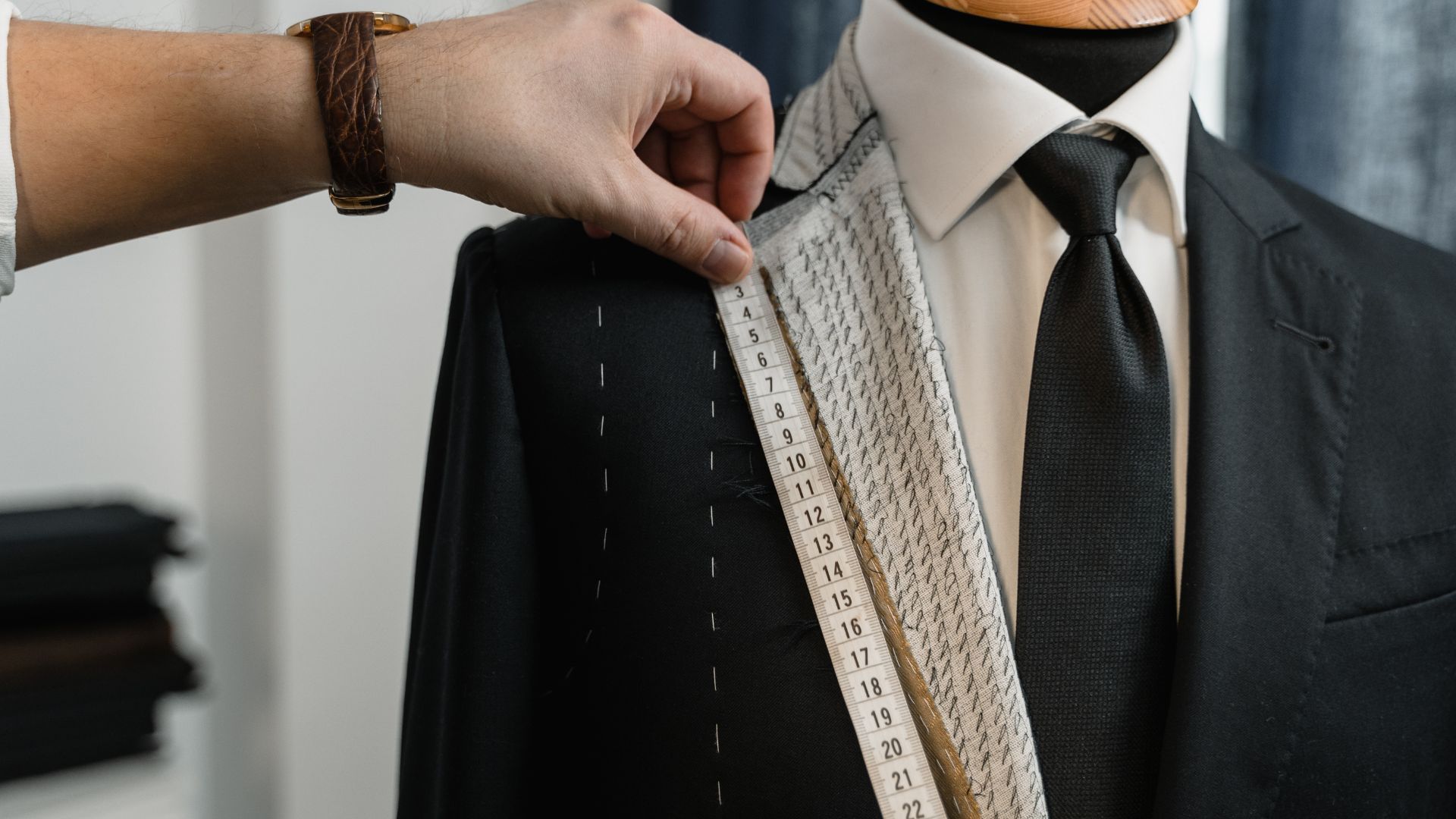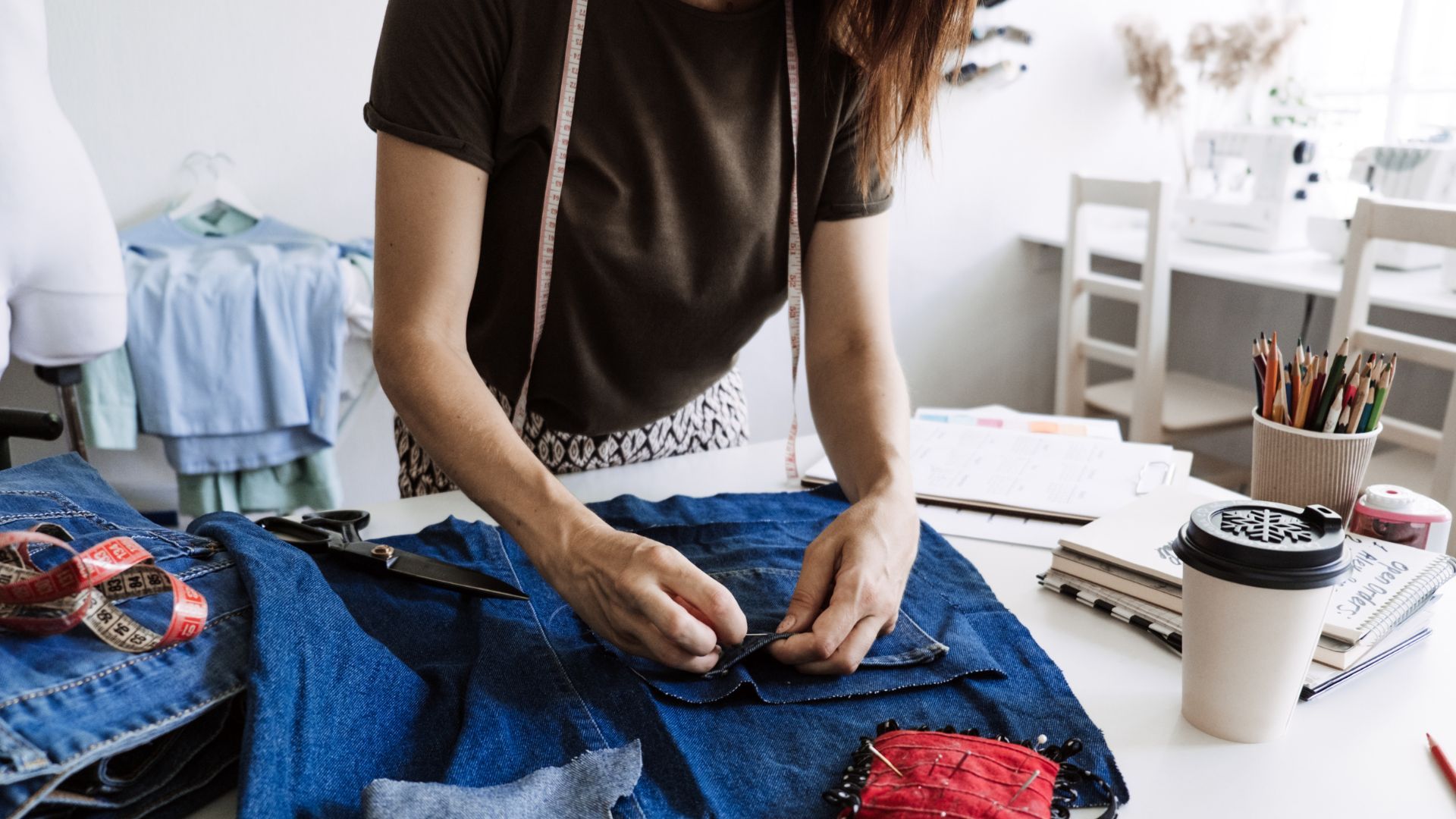The Vest: An Accessory You Definitely Want For Your Modern Suit
The Vest: An Accessory You Definitely Want For Your Modern Suit
For many years the vest, also known as the waistcoat, was a critical part of any male suit. Originally, it was worn as a practical garment to provide warmth and an added layer under a coat. However, over time, it evolved into a statement piece of formal wear.
While the use of the vest has declined in recent decades as attire has become more casual, it's still worth considering having one in the wardrobe, because a well-chosen vest not only enhances the overall aesthetic of your outfit but also adds a sense of tradition and style.
Why People Wore Vests in the Past
In colder climates, layering was essential to stay warm, and the vest provided much-needed insulation in critical parts of the body while also allowing flexibility and movement.
But it also looks good as part of a suit, so in addition to its practical purpose, the vest served a social and fashion function. As men’s fashion became more formal, the vest became an indispensable part of the suit, completing the ensemble and offering a more refined look when the jacket was removed.
For over three centuries, the vest has been a symbol of formality and sophistication. In the 19th century, vests became highly decorated, allowing men to express their individuality and social status through various fabrics, colours, and patterns. Unfortunately, as other ways to heat the body became commonplace (most notably, central heating for indoor environments), the vest’s role was reduced to something for formal wear purposes alone.
Why Consider a Vest for Your Suit Today?
Though the vest is not as widely worn today as it once was, it remains a powerful accessory and one of the most effective ways to make you stand out from people wearing suits in a more casual manner. Incorporating a vest into your suit offers several benefits:
1. Adds Authority To Your Presence: The vest is a hallmark of formal wear. Whether you're attending a wedding, a business meeting, or a formal event, a vest can lend an air of authority and polish to your outfit.
2. Offers Flexibility: When you remove your jacket, a vest ensures you maintain a professional and put-together appearance. This can be especially useful during long events where you may not want to wear your jacket the entire time. So, ironically, where once the vest was a piece of clothing for warmth, now it also a way of staying comfortable in hotter environments while still appearing formal!
3. A Unique Style Statement: While most people opt for the standard two-piece suit, adding a vest sets you apart from the crowd. It's a subtle yet powerful way to express your style.
4. Seasonal Versatility: In cooler months, a vest provides that extra warmth and might mean you don’t need to carry a heavy coat around with you outside.
Exploring Vest Options
When it comes to choosing a vest, there are several styles and cuts to consider. The right vest will depend on the type of suit you're wearing, the occasion, and your personal style, and for this reason it’s a good idea to speak to your tailor to get their thoughts.
Here are some common options:
- Single-Breasted Vest: This is the most common style, typically featuring five or six buttons. It's a versatile option that works well with most suits, and it offers a classic, understated look.
- Double-Breasted Vest: For a more formal or daring look, a double-breasted vest is an excellent choice. This style features two rows of buttons and often creates a more structured, elegant appearance.
- Vests with Shawl Collars: These are often reserved for the most formal occasions, such as weddings or black-tie events. Shawl collars add a luxurious touch to the vest and are typically seen on dinner jackets or morning coats.
- Material Variations: Vests can be made from the same material as your suit, providing a uniform look, or from contrasting materials for a more modern twist. For example, pairing a wool suit with a satin-backed vest creates visual interest and highlights the layers of your outfit.
How to Wear a Vest Properly
A vest can make or break your outfit, so it’s essential to wear it properly to ensure a polished look. Here are some tips to help you get it right:
1. Show Just the Right Amount: Only a small portion of the vest, typically the top button or two, should be visible above your suit jacket’s collar. If the vest is too high, it can interfere with your tie and create a cluttered look.
2. Always Cover the Waistband: The vest should cover the waistband of your trousers entirely. If there’s a gap, it disrupts the flow of your outfit. This is especially important if you’re not wearing suspenders.
3. Leave the Bottom Button Unfastened: This timeless rule dates back to King Edward VIII, who set the trend by leaving the last button undone. It adds a touch of casual elegance and prevents the vest from pulling at the bottom when you sit.
4. Match or Contrast Appropriately: For formal suits, matching the vest to the jacket and trousers creates a seamless look. In more casual or semi-formal settings, you can opt for a contrasting vest to add flair and personality.
Why Talk to a Tailor?
Finding the right vest is not just about picking the right style off the rack. A well-fitted vest can transform your suit, while an ill-fitting one can do just the opposite. This is why it’s essential to consult with a tailor.
At Pascalis, we will ensure that the vest fits perfectly — not too tight and not too loose. We will also offer advice on the right cut, fabric, and style based on your body type and the suit you’re pairing it with. Additionally, a tailor can customise the back of the vest to ensure it sits comfortably and doesn’t bunch or pull when you move.
Whether you’re looking for a vest for a formal occasion or simply to upgrade your everyday suit, at Pascalis, the leading tailor Sydney CBD has to offer, we can help you find the perfect fit and style to match your needs.
